Arunachal Pradesh – Culture and Tradition
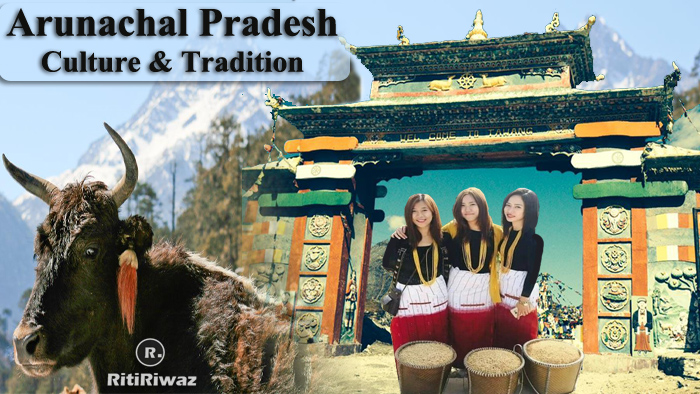
Arunachal Pradesh is a north-eastern state of India also known as the “Land of the rising sun” or “Land of the Dawn-Lit Mountains“. The name Arunachal comes from – ‘Arun’ means sun and ‘achal’ means to rise.
The state borders Burma / Myanmar in the east, Bhutan in the west, Tibet in the north, Assam in the south, and Nagaland in the southeast. The McMahon Line, drawn between China and India, is the northern boundary of this state.
Itanagar is the capital of the state. It is one of the largest states in the northeast region of India and has a one-eighth landmass of our country. It is covered in the north by snow-capped mountains and in the south by the plains of Brahmaputra valley.
There are five main rivers in the area and twenty-six major tribes and about fifty languages. All these tribes live in secluded and isolated grooves, which are separated by mountain ridges and rivers, deep valleys, and dense forests. 35% of India’s graphite reserves are present in Arunachal Pradesh, this is the highest amount of graphite ever discovered.
Arunachal Pradesh, a veritable treasure house of lofty mountain ranges, tall trees, turbulent rivers, and evergreen forests together with picturesque flora and fauna are certainly fascinating and bewitching to any casual visitor.
History
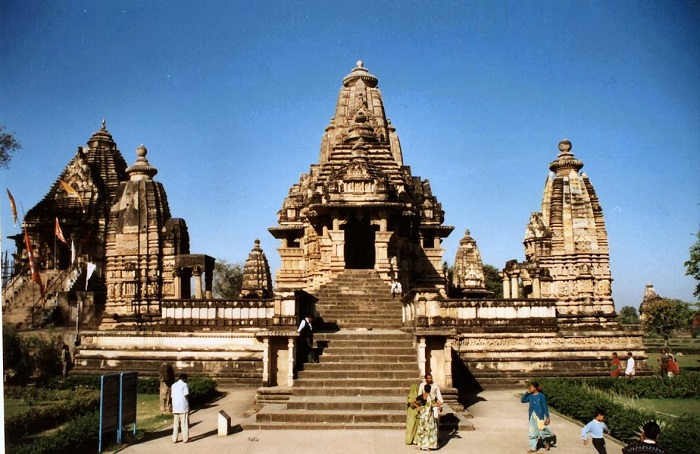
Arunachal Pradesh is an ancient land of legend and antiquity. The widely scattered ruins in the state bear testimony to the fact that once upon a time a rich culture flourished in this region. Arunachal Pradesh is mentioned in Kalki Purana and Mahabharata. It is a place called Prabhu Parvat described in Puranas. Parashurama had atoned for his sins here, Rishi Vyas worshiped here, King Bhishmak established his kingdom here and Lord Krishna married Rukmini.
Archaeological remains spread in different parts of Arunachal Pradesh show that it has a rich cultural tradition. The first ancestor of the tribal groups migrated from Tibet and was joined by Thai-Burmese counterparts later. Except for the north-western parts of the state, little is known about the history of Arunachal Pradesh, although the Adi tribe had legendary knowledge of the history.
The earliest references to Arunachal are found in the era of Mahabharta, Ramayana, and other Vedic legends. Several characters, such as king Bhismaka, were referred to as people from the region in the Mahabharata epic. The archaeological remains at Bhishmak Nagar, the pilgrimage site at Brahmakund in Lohit, and the ruins of Bhalnkpang fort in Kameng relate back to Puranic legend.

Recent excavation of ruins of Hindu temples such as the 14th Malinithan at the foot of the Siang hills in West Silang shed new light on the ancient history of Arunachal Pradesh. Paintings of the Hindu Gods and altars remained untouched for many years. They attracted many local pilgrims.
Another notable heritage site, the 400-year-old Tawang monastery in the Tawang district, also provides historical evidence of the Buddhist tribal people. Historically, the area had a close relationship with Tibetan people and Tibetan culture, for example, the sixth Dalai Lama Tsangyang Gyatso was born in Tawang.
Recorded history was available only in the Ahom chronicles during the seventeenth century, The tribal Monpa and Sherdukpen parts of this area when came under the control of Monpa kingdom of Monyl, which flourished between 500 B.C. and 600 A.D. This region then came under the loose control of Tibet and Bhutan, especially in the northern areas. The rest part of the state, bordering Myanmar was ruled by Ahom rulers and the Assamese until the annexation of India by the British in 1858.
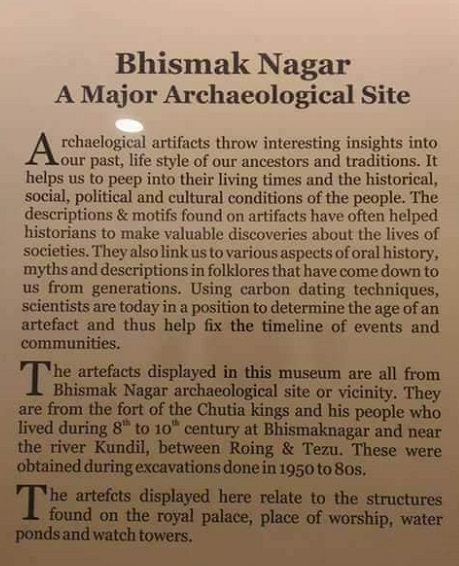
Arunachal Pradesh attained full state status on 20 February 1987. Till 1972 it was known as North-East Frontier Agency (NEFA). It received Union Territory status on 20 January 1972. On 15 August 1975, the elected Legislative Assembly was formed and the first Council of Ministers took over. The first general elections were held in February 1978.
There are 16 districts in the state. Itanagar, the state capital, is in the district of Papum Para. Itanagar derives its name from the Eta Fort which means a fort of bricks, which was built 14 centuries ago.
Language
The main languages of the state are Hindi and Assamese. Arunachal Pradesh’s population is composed of various indigenous tribes who speak different languages. There are more than 26 major tribes and more than 100 sub-tribe, therefore, by default Hindi is the medium of communication between each individual. English is slowly becoming popular.
Culture
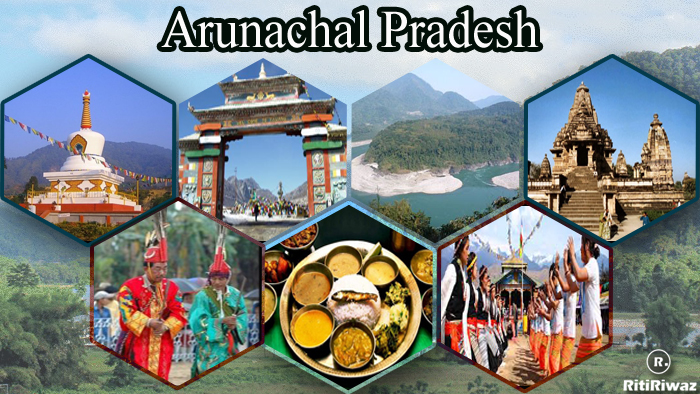
Arunachal Pradesh is inhabited by the world’s largest variety of ethnic tribal groups and subgroups. There are about twenty-six major tribes and each tribe has its own language, dialects, and own rich culture, and traditional heritage. Major tribes include Adis, Apatanis, Daflas, Monpas, Mishmis, Wangchu, Noktey, Akas, Nishis and Sherdukpens. These tribes are peace-loving and enjoy festivals and food together.
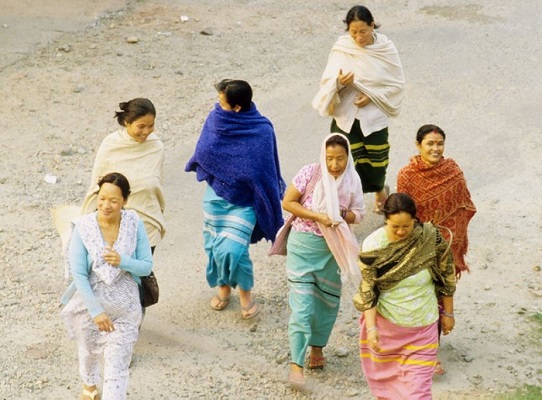
Most of the tribes inhabiting the land are ethnically similar, having derived from originally common stock but their geographical isolation from each other has brought amongst them certain distinctive characteristics in language, dress, and customs. The diverse and unique culture, art and crafts, fairs and festivals, folklore, dance, and music are still fresh and well-preserved in this state. For basic live hood people in the rural areas chiefly practice diverse trades including Jhum and Wet rice cultivation, horticulture, fish farming, carpet making, wood carving, breeding of Mithun, Yak, Sheep, and other livestock.
The culture and costumes of the northern region of the state, religion, influenced by social indicated and spoken Tibetan influence Burmese culture tribes like dwelling Khamit in the eastern region, while the southern region is affected by the Assamese culture. There is a huge Buddhist Vihara in the state of Tawang. The people of Arunachal Pradesh are hardy, courageous, self-reliant, fiercely independent, and lovers of music and dance, with each tribe having its own arts and crafts.
Suggested Read: Culture and Tradition of Indian States
Cuisine
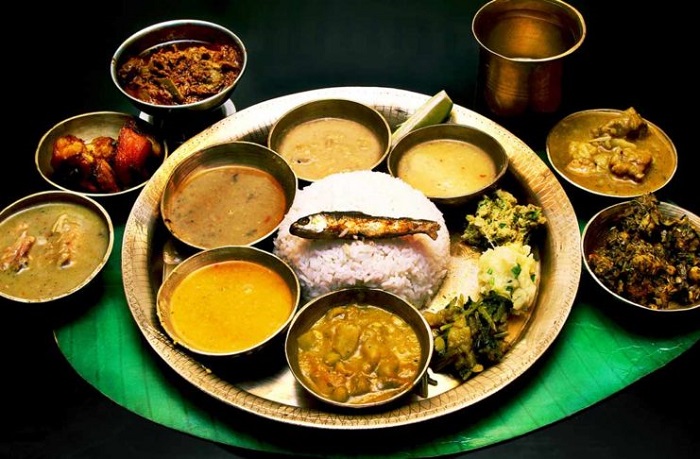
A typical dish of Arunachal Pradesh varies with region and according to the tribal influence. An alcoholic drink Apong or rice beer made from fermented rice or millet is a popular beverage in Arunachal Pradesh. The staple food is rice along with fish, meat, and green vegetable. Rice is prepared in two ways called Dung Po and Kholam. Rice is such an integral part of their culture that their Mopin festival of the Galo tribe is celebrated with smearing rice on people’s faces. Fried food is not very popular as people like to eat either boiled or smoked food.
Thukpa is a signature dish of the state and is a delicious noodle soup prepared with a variety of meats and vegetables. Curry leaves are a must-have ingredient in every dish, and so is bamboo shoot in Arunachal Pradesh. Lettuce is the most preferred vegetable of all. There is devoid of any spice and is nutritious due to the generous use of herbs and vegetables.
They love fermented soybeans, fermented meat and fish, bamboo shoots, phoi hom (indigenous scented spice leaves), and pickles. Fish is consumed only occasionally due to its scarce availability. Chicken, mutton, pork, and Mithun are consumed throughout the state. Wild birds and animals were a big part of their diet but Modern restrictions on hunting have made that non-existent.
Suggested Read: Famous Food Of Indian States
Costume
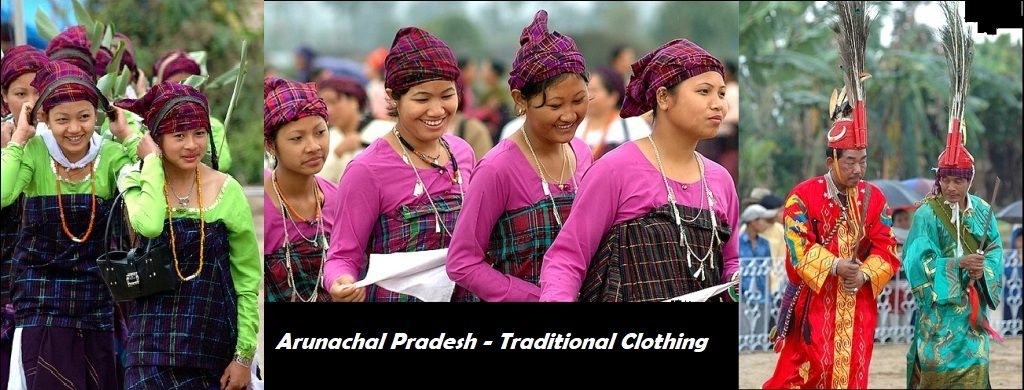
Arunachal Pradesh is a land of diversity and people here love their traditional costumes and are proud to showcase them at festivals. Each tribe has its own distinct clothing styles depending on the geographical region to which they belong and what they have derived the most style of clothing from their ancestors. They use fiber from goats, trees, and human hair to create coats, shawls, skirts, sashes, and lungis.
The traditional women’s dresses of Arunachal Pradesh have vibrant colors and myriad patterns that instantly give a feel of their tribe’s culture. They like geometric patterns, and the most popular motives are ZigZag lines and angular designs.
Women of the Monpa beautify themselves with earrings, silver rings, bamboo bits, red beads, and attractive turquoises they wear a warm jacket and Shingka which is a sleeveless gown of light red color with white stripes. It is made of the coarse end. It is lifted and girdled round the waist by a red-colored sash called khichin. The warm jacket worn over is a lavishly embroidered full-sleeve maroon color shirt with an opening in the front. During winters a thick woolen cloak dyed red with madder, called chupa, is worn. It is tied around the waist with a matching sash, called khichin, and is puffed out above.
The Menfolk of Sherdukpen tribe which resides in the southern region of Bomdila wears sleeveless material made of silk with 2 edges that are pinned property at the shoulder area. The clothing is usually knee-long. Its hallmark is the skull caps smeared with the hair of yak. Sherdukpen women dress up in sleeveless and collarless garments. Over it, they wear a full-sleeved jacket, which is embroidered, and tie a waistcloth known as mushaiks.
The Apatani priests may wear special shawls on ceremonial occasions. This shawl with an extraordinary design is said to have special supernatural power. Apa Tani, priest’s shawl there are genuine spirals, some of which are actually curved. The lower wrap-around of adi, and apatani women is known as galae which has colored stripes in it. Basically yellow and red in color. The shirt worn by them is called the galuk.
Different types of headgears are used by both men and women. But the most common is called ngama-shom. It is made of yak’s hair, hardly an inch in thickness. It has the shape of a skull. It has no brim but has five tapering points of about three inches in length twisted out from the body of the material to the thickness of a finger. It is worn by both men and women. The clothing styles have been uninfluenced in Arunachal Pradesh by modernization and still, the tribal people wear their costumes.
Suggested Read: Traditional Dresses Of Indian States
Dance and Music
People of Arunachal Pradesh have a love for dance and music and both men and women participate on occasions. Dance is not only done at festivals and rituals but also done as a recreation. The dance forms also vary with the tribe. The Mishmi priests indulge in igo dance, Adis, Wanchos, and Noctes in a war dance, Buddhists in ritualistic dances.
The most popular dance form in Arunachal Pradesh are Wanko Dance, Mishmi Classical Dance, Degaru Mishmi (Bagaiya) Dance, Khampati Dance, Fifi Dance (Drama), Ponong Dance (Addis), and Sadinukiso (Akas) and are accompanied by chorus songs. Music also forms an integral part of their life and songs are sung to rejoice over their folk history, mythology, and events from their past. The songs have fables relating to animals and moral teachings.
Fair and Festival
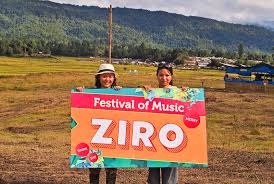
The people of Arunachal Pradesh celebrate almost all religious, agricultural, and socio-cultural occasions. Agriculture is the basic means of livelihood in Arunachal, the festivals having a connection with agriculture are most celebrated. Harvest time is full of celebrations for all tribes where they sing and dance and offer prayers to their various deities. Festivals in Arunachal are always a time for families to come together to dance, enjoy, relax and eat good food and merry.
Some of the important festivals of the state include the Mopin and Solung celebrated by the Addis, Losar, the festival of Monpa people; Dari of the diaspora, Si-doniyi of the tagins; Reh of the Idu-Mishmi community; Nissum of Nishing people, etc. There is a practice of sacrificing animals on the occasion of most festivals.
Art and Craft
Arunachal Pradesh is famous for weaving, bamboo work, carpet making, and wood carving and their artistic craftsmanship has been passed on from one generation to another. Handloom weaving, basketry, carpentry, ivory and metal crafts, and pottery and blacksmithy are also popular.
Various varieties of beaded ornaments and jewelry can be found in the area while traditional ornaments of cast, bronze, and silver can also be found. Tangkha painting is popular in Tawang, west kameng and Upper Siang districts. Carpet making is done in Changlang and upper isand areas. With so many tribes and sunb-tribes, the state can be called the storehouse of handloom designs as each tribe has its own unique design and style.
Famous People
- Tapir Gao – Bharatiya Janata Party (BJP) Member of Parliament (MP)
- Dorjee Khandu – CM of Arunachal Pradesh
- Talom Rukbo – Father of the Donyi-Polo movement
- Mrinal Miri – CEO of Northern Hill University
- Mamang Dai – Indian & Poet, Journalist, Novelist & Civil Servant & Writer
- Tapi Mra – mountaineer from India and the first person from Arunachal Pradesh to scale Everest.
- Nabam Atum – a social activist from Arunachal Pradesh
Tourism
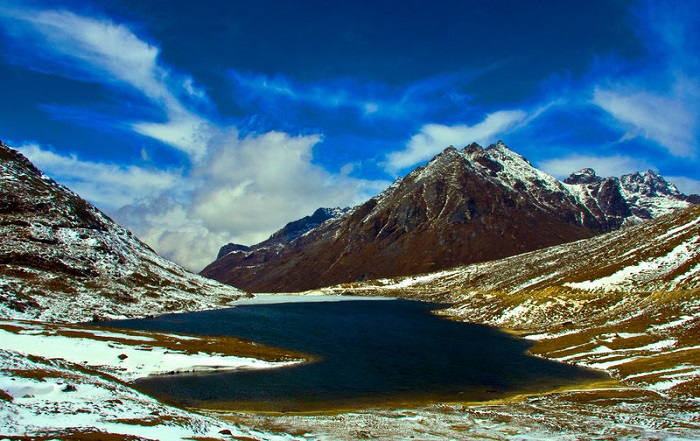
In Arunachal Pradesh, you can relive in nature in its full splendor. Enjoy the salubrious climate and meet its simple and hospitable people. Snowy misty, famous monasteries, unexplored passes, and tranquil lakes come together to form some of the prettiest mountain spots in Arunachal Pradesh. The place offers you peace and action where you can relax and rejuvenate.
Major tourist places of Arunachal Pradesh are Tawang, Parshuram Kund, Buddhist temple, Bhishknagar fort, Bomdila, Itanagar, Galaxy Waterfall, Dirag, Tipi, Malinithan, Likabali, Namdka, Parasuramkund, Pishigat, Along, Tezu, Miao, rowing, Daporijo, Namdapha, Bhishmaknagar, Parashuram Kund and Khonsa. etc.
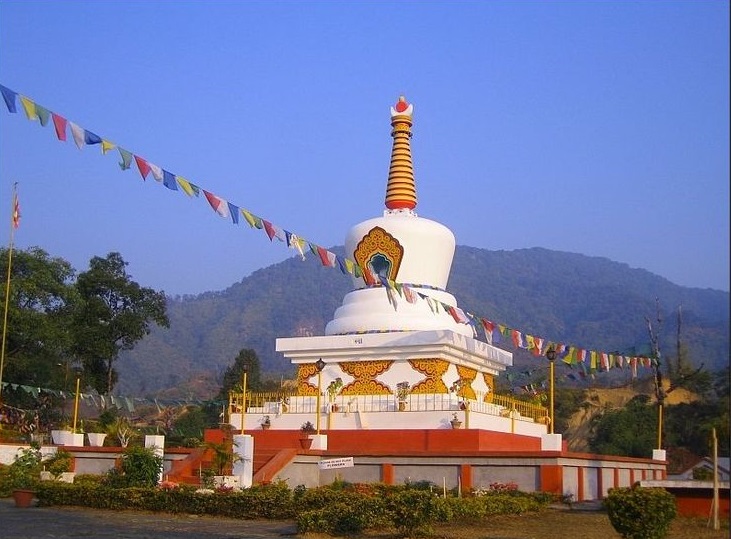
The wildlife sanctuaries of Arunachal Pradesh make tourism quite prosperous. Among these, Namdapha National Park, Eglanest Wildlife Sanctuary, Dying Ering Wildlife Sanctuary, etc. are important.
Suggested Read: Formation Dates of Indian States






